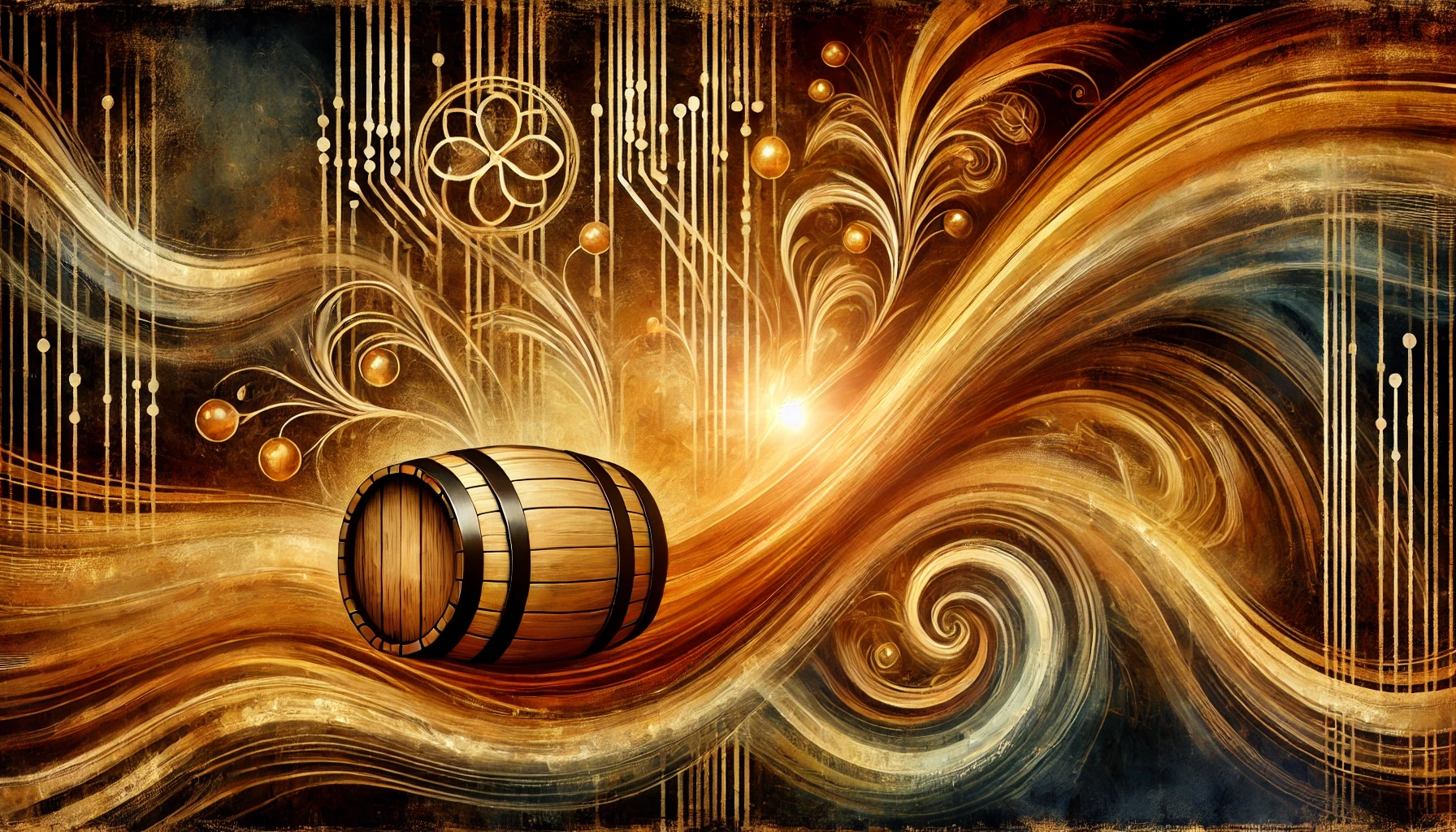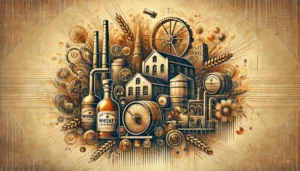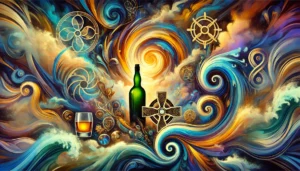Introduction
The story of Irish whiskey is one of rich tradition, dramatic decline, and a remarkable resurgence in the late 20th century. Once the world’s most popular spirit, Irish whiskey faced significant challenges that nearly led to its demise. Yet, through innovation, passion, and a renewed global interest, it reclaimed its place on the world stage. In this article, we’ll explore the factors that contributed to the decline, the pivotal moments that sparked the revival, and how Irish whiskey enthusiasts played a crucial role in bringing this iconic spirit back to life.
The Decline of Irish Whiskey in the Early 20th Century
Historical Context of Irish Whiskey
Irish whiskey has a storied history dating back to the 12th century, making it one of the oldest distilled drinks in Europe. Its popularity soared in the 19th century, with distilleries dotting the Irish landscape.
Factors Leading to the Decline
The Irish War of Independence
The early 20th century was a tumultuous time for Ireland. The struggle for independence from British rule disrupted economic activities, including whiskey production.
Prohibition in the United States
The Prohibition era (1920–1933) in the United States cut off a significant export market for Irish whiskey, leading to severe financial strain on distilleries.
Competition from Scotch Whisky
Scottish distilleries embraced new technologies and aggressive marketing, overshadowing Irish whiskey on the global stage.
The Global Spirits Industry Landscape
Dominance of Scotch and Bourbon
By the mid-20th century, Scotch whisky and American bourbon dominated the spirits market, leaving little room for Irish whiskey.
Changing Consumer Preferences
Consumers began favoring blended whiskies and lighter spirits—a trend that didn’t favor the traditional Irish whiskey profiles.
Seeds of Revival: The 1960s and 1970s
Formation of Irish Distillers Group
In 1966, the remaining major Irish distilleries—John Jameson, Powers, and Cork Distilleries—merged to form Irish Distillers Group, aiming to pool resources and revive the industry.
Consolidation of Distilleries
The consolidation led to the closure of several old distilleries and the establishment of the modern Midleton Distillery.
The Role of Jameson in the Revival
Rebranding and Marketing Strategies
Jameson spearheaded innovative marketing campaigns that reintroduced Irish whiskey to global consumers, emphasizing its smooth taste and rich heritage.
Export Growth
Focused efforts on export markets, particularly the United States, reignited interest in Irish whiskey, contributing to its global renaissance.
Emergence of New Distilleries
Midleton Distillery Modernization
Investment in modern facilities allowed for increased production and experimentation with new whiskey styles, catering to evolving consumer tastes.
Opening of Cooley Distillery
In 1987, Cooley Distillery became the first new independent distillery in over a century, signaling a new era for Irish whiskey with its award-winning spirits.
Innovation in Production Techniques
Single Pot Still Revival
Reviving the traditional single pot still method appealed to whiskey enthusiasts seeking authentic experiences unique to Irish whiskey.
Experimentation with Cask Finishes
Distillers began using various cask finishes, such as sherry and port, adding unique flavors and attracting connoisseurs.
Global Marketing and Branding Efforts
Targeting the American Market
Recognizing the potential, distilleries tailored products and marketing strategies to suit American tastes, leveraging the Irish whiskey global market growth.
Cultural Events and Sponsorships
Sponsoring events like St. Patrick’s Day parades helped associate Irish whiskey with cultural celebrations, enhancing brand visibility.
Legal and Regulatory Changes
Geographical Indication Protection
Securing Geographical Indication (GI) status protected the integrity and quality of Irish whiskey globally, ensuring only spirits produced in Ireland could bear the name.
Standards of Identity for Irish Whiskey
Establishing clear standards ensured consistency and trust among consumers, differentiating Irish whiskey from other spirits.
Impact of Tourism on the Whiskey Industry
Whiskey Distillery Tours
Distilleries opened their doors to tourists, offering tours that boosted both sales and brand loyalty, making tourism a key player in the industry’s revival.
Whiskey Festivals and Events
Events like Whiskey Live Dublin brought enthusiasts together, fostering a community around Irish whiskey and promoting its rich history.
The Craft Whiskey Movement
Rise of Boutique Distilleries
Small-scale distilleries emerged, offering artisanal products that appealed to niche markets and fueling the craft Irish whiskey movement.
Artisan Production Methods
Emphasizing traditional methods and local ingredients attracted consumers seeking authenticity, further differentiating Irish whiskey in a crowded market.
Economic Impact on Ireland
Job Creation
The whiskey resurgence created jobs in production, tourism, and supporting industries, bolstering the Irish economy.
Export Revenues
Irish whiskey exports soared, contributing significantly to Ireland’s economy and reinforcing its status on the global stage.
Challenges Faced During the Resurgence
Global Competition
Despite growth, Irish whiskey faced stiff competition from established Scotch and emerging world whiskies, necessitating continuous innovation.
Supply Constraints
Rapidly growing demand sometimes outpaced supply, challenging distilleries to scale sustainably without compromising quality.
The Future of Irish Whiskey
Predicted Market Trends
Analysts anticipate continued growth, especially in premium and super-premium segments, with a focus on innovation and authenticity.
Sustainability Initiatives
Distilleries are adopting sustainable practices to meet environmental expectations of modern consumers, ensuring the industry’s longevity.
Conclusion
The resurgence of Irish whiskey in the late 20th century is a testament to resilience and innovation. From near extinction to a booming industry, Irish whiskey’s revival is fueled by a blend of tradition and modernity. As enthusiasts, your appreciation and demand for authentic, quality spirits continue to drive this golden age of Irish whiskey. Here’s to the next chapter in this remarkable story—Sláinte!
Quick Takeaways
- Irish whiskey’s decline was due to historical events and competition.
- Irish Distillers Group played a pivotal role in the industry’s revival.
- Innovation in production and marketing reignited global interest.
- Tourism and the craft movement significantly impacted the resurgence.
- The future looks promising with sustainable practices and market growth.
FAQs
1. What caused the decline of Irish whiskey in the early 20th century?
Several factors, including the Irish War of Independence, Prohibition in the U.S., and competition from Scotch whisky, contributed to the decline.
2. How did Jameson contribute to the whiskey’s resurgence?
Jameson implemented innovative marketing strategies and focused on export growth, particularly in the U.S., boosting Irish whiskey’s global presence.
3. What is single pot still Irish whiskey?
It’s a traditional Irish whiskey made from a mash of malted and unmalted barley, distilled in pot stills, offering a unique flavor profile.
4. How has tourism impacted the Irish whiskey industry?
Tourism has boosted the industry through distillery tours and events, increasing brand awareness and sales.
5. What does the future hold for Irish whiskey?
The industry is expected to grow, with a focus on premium products and sustainability initiatives.
We’d love to hear your thoughts! What’s your favorite Irish whiskey, and how has its story inspired you? Share your experiences in the comments below and spread the word by sharing this article with fellow enthusiasts.
References
- Irish Whiskey Association – irishwhiskeyassociation.ie
- Irish Distillers Pernod Ricard – irishdistillers.ie
- Teeling Whiskey Distillery – teelingwhiskey.com
- Cooley Distillery – cooleydistillery.ie
- Midleton Distillery – midletondistillery.ie








Be First to Comment